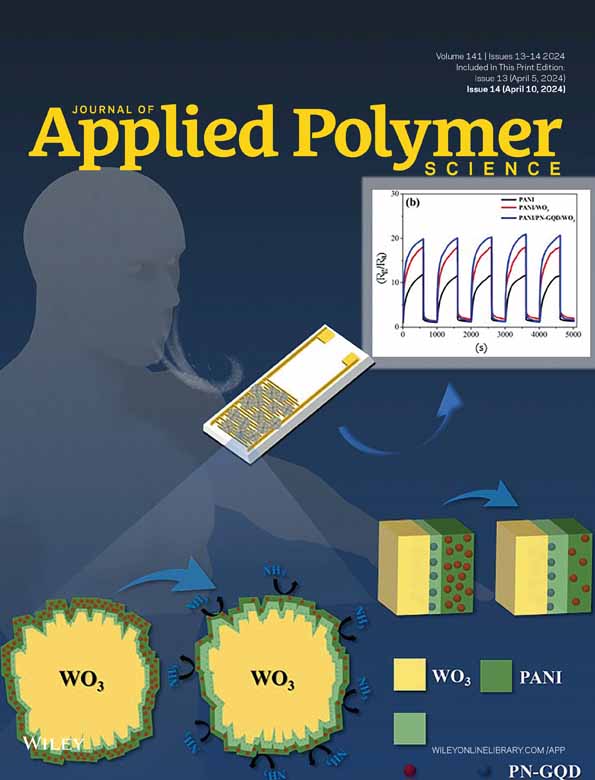A comparative study of polyurethane foam by substituting LBA using green polyurethane foam CFA-1
Abstract
Polyurethane foams are well-known optimal thermal-insulating materials, which have good thermal insulation performance, high strength, and lightweight properties. Here, we describe a chlorine-free and fluorine-free polyurethane chemical foaming agent (CFA-1) that can react with isocyanate to release CO2 gas and foam polyurethane. We systematically studied its application performance in the field of polyurethane spraying by substituting the current most advanced and environment-friendly physical foaming agent 1-chloro-3,3,3-trifluoroprop-1-ene in different proportions. The results show that highly competitive mechanical properties lead to economical, environment-friendly, and efficient features. The lower thermal conductivity, more compact and smaller bubble structure, and excellent compression strength were achieved by tuning the proportion of CFA-1 from 20% to 60%. Thus, a promising material system was established for the development of the rigid polyurethane foam industry.
CONFLICT OF INTEREST STATEMENT
The authors declared no potential conflicts of interest with respect to the research, authorship, and/or publication of this article.
Open Research
DATA AVAILABILITY STATEMENT
The data that support the findings of this study are available from the corresponding author upon reasonable request.




